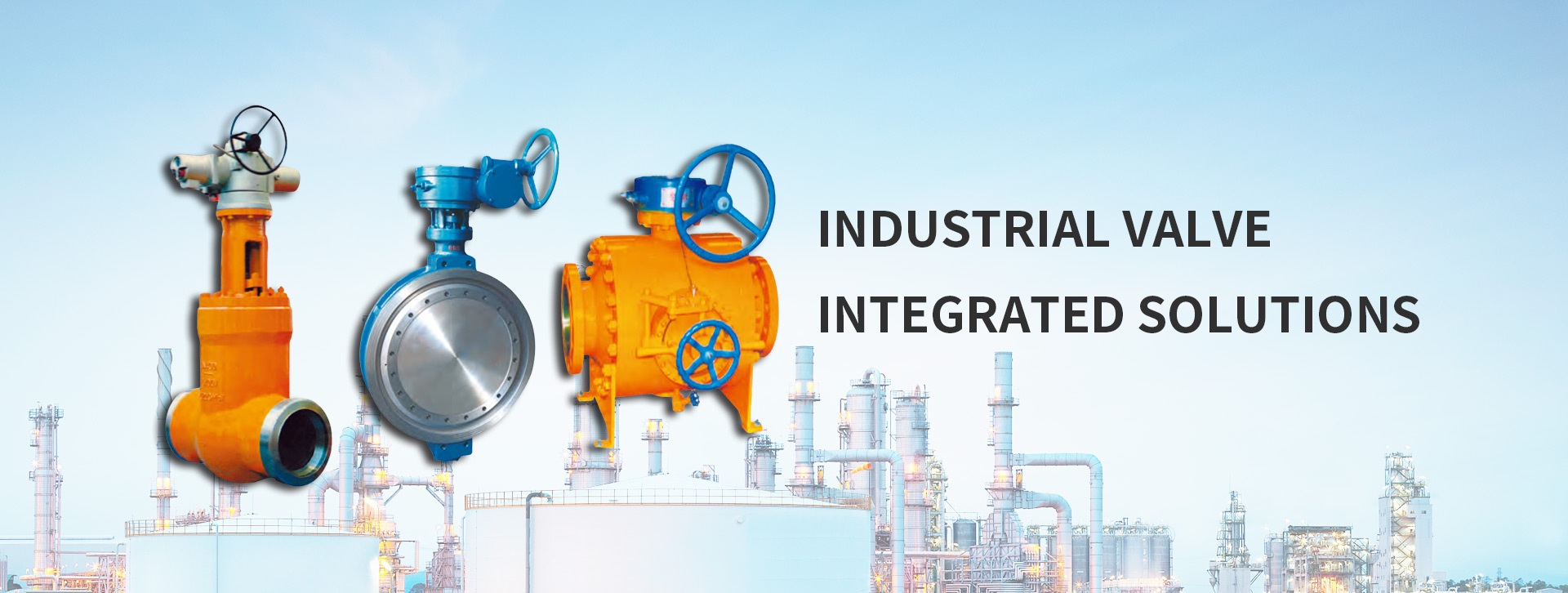The sealing surface of the globe valve only contacts each other when it is completely closed, and the relative slip of the forced closing spool and the sealing surface is small, so the wear of the sealing surface is also small. The wear of the globe valve sealing surface is mostly due to the debris before the spool and sealing surface, or because the closing state is not tight, causing high-speed erosion of the medium. When the globe valve is installed, the medium can enter from below the spool and from above in two ways. The advantage of the medium entering from below the spool is that the spool is not under pressure when the valve is closed, which can extend the service life of the spool, and can replace the spool when the pipeline in front of the valve is under pressure. The disadvantage of the medium entering from the lower part of the valve core is that the driving torque of the valve is larger, about 1.05~1.08 times that of the upper part, and the axial force on the valve stem is large, and the valve stem is easy to bend. For this reason, the medium enters from below, generally only applicable to small-caliber manual globe valves, with the medium acting on the spool force of not more than 350kg when the valve is closed.




